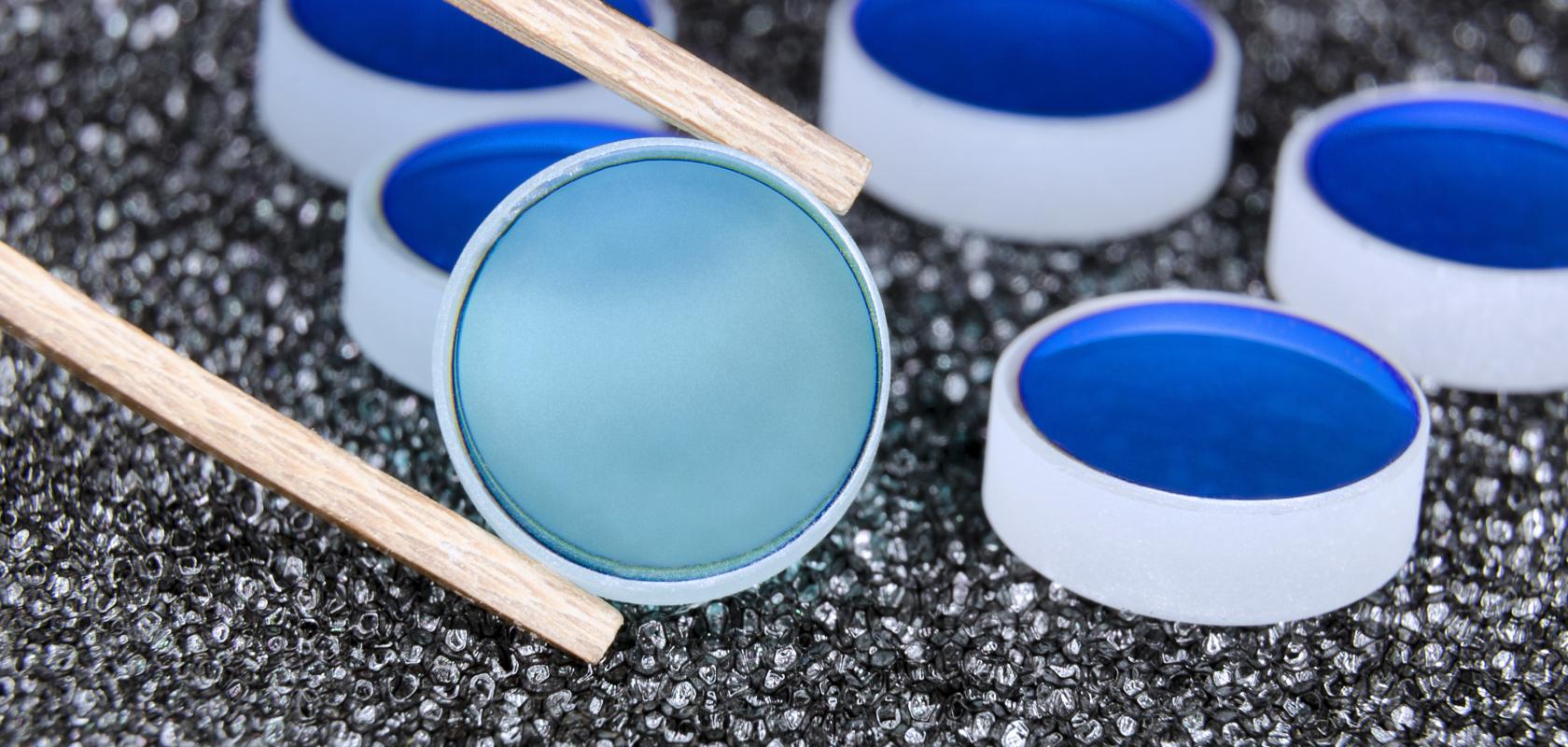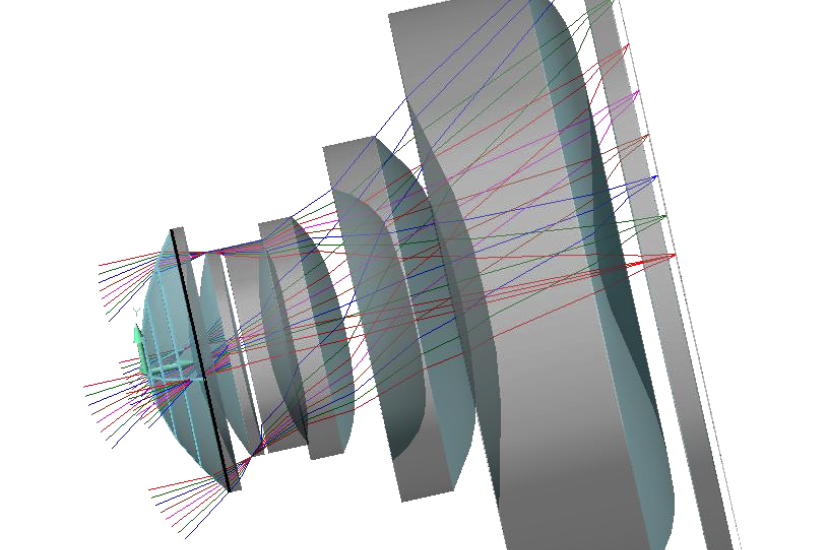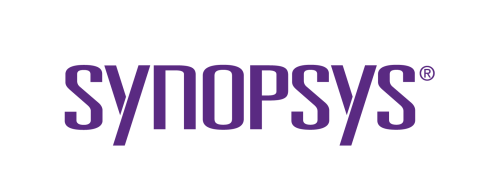The latest freeform optics products for 2024

Freeform optics are optical shapes or surfaces that are designed with little to no symmetry constraints (Credit: Yury Zap/Shutterstock.com)
In the past 10 years, freeform optics have helped to drive significant advancements in optical design and manufacturing, allowing for the creation of more compact, efficient, and higher-performing optical systems across a variety of applications.
What are freeform optics?
Freeform optics are optical shapes or surfaces that are designed with little to no symmetry constraints. This means they allow for the combination of several optical elements in a single component, which would usually require the use of several components. In turn, this places them ideally for device miniaturisation, for example. They can also be manufactured to be lightweight and compact.
These freeform optics can be customised for each application and their surface structure optimised for the desired properties of an individual use case.

Synopsys platform of freeform optics design and simulation tools
Freeform optics design with Synopsys Software: Today’s optical designers are often tasked with finding ways to correct more aberrations and use fewer surfaces, and to do so in more compact geometries that must fit within anything from smartphone cameras to augmented reality (AR) systems.
Setting up compact geometry, with multiple reflecting or refracting surfaces, can be challenging when there are numerous folded surfaces or complex optical path constraints. To help support the development of these systems, Synopsys offers a complete platform of freeform optics design and simulation tools.
SPONSORED BY

Applications of freeform optics
They have been used in non-imaging and illumination optics since around the 1990s, but the benefits of design freedom and compact size have become increasingly recognised elsewhere in recent years. In particular, they have seen more widespread use in applications such as augmented and virtual reality (AR/VR), automotive lidar, military optical systems, medical technologies, aerospace, computer science and electronics.
How to manufacture freeform optics
In terms of manufacturing process, the manufacture of a freeform optic is similar to that of a highly complex aspheric lens, where the surface form and local slope can have an influence on the complexity of the shape and the manufacturing process used to create it. It is also important when it comes to the manufacture of freeform optics to achieve high precision and accuracy in optical surface generation.
Historically, the design and processing difficulty of some of these components have limited their even wider application potential. But in more recent years, techniques such as diamond turning have been used as an efficient method of processing these optical freeform surfaces, leading to more widespread use and market growth.
Freeform optics product suppliers
Vendors of freeform optics and related products and solutions include Asphericon, which manufactures unconventional shapes in a number of materials. Available are lenses, mirrors and monolithic elements with diameters up to 300mm. The company’s freeform systems are based on Alvarez lenses with compact freeform optical design. Thanks to the surface shape it is possible to vary an optical function.
Fresnel Technologies manufactures moulded plastic optics, Fresnel lenses, IR transmitting materials and conventional and freeform optics. It also offers design help, tooling and production, and diamond machining.
Greenlight Optics has developed advanced design and modelling capability, a workflow process to manufacture freeform lenses. It has also developed metrology to analyse the freeform surfaces. The company’s capabilities include in-house optical and mechanical design, diamond turning, CNC machining, plastic optics moulding, metrology, and assembly and testing.
Jenoptik produces polymer optics that are not rotationally symmetrical, using its Slow Tool Servo technology to produce high-precision, freeform optics with diameters ranging from 1 to 350mm. A modified diamond turning procedure is used, with a controlled rotation axis and two linear axes. The part of the freeform optics that is not rotationally symmetrical is achieved by means of a dynamic movement of the tool toward the optical axis. The process is ideal for diamond processing of polymers and metals.
Kong Optics specialises in the volume fabrication of high-precision and ultra-smooth aspheres, including freeform optics. Its products have been used in performance-critical systems in astronomy, aerospace, defence and semiconductor equipment.
Lambda Research Corporation’s TracePro is a 3D solid, modelling-based optical analysis software programme that is built on an existing CAD kernel, allowing for file exchange with all CAD software. TracePro is a multi-threaded programme, so can use as many processors or as many cores as the user has available, allowing for fast ray traces and speedy iteration and checking of designs. For freeform optics, the software has a 3D optimiser built in to help design out some of the complexity associated with the freedom of freeform optics in illumination applications.
LightPath Technologies produces high-volume, precision moulded freeform optics from a range of materials in the visible, NIR, SWIR, MWIR and LWIR wavelengths. The company also developed the metrology necessary to test new lenses using computer-generated holograms (CGH) to accurately measure freeform optics in production volume, as well as contact profilometry methods to ensure consistent quality and performance.
LT Ultra manufactures a range of freeform precision optical surfaces out of steel without polishing. It uses ultrasonic assisted diamond turning on steel parts. Its range includes pyramidal mirrors, ellipsoids, masters, toroids of all types, roof mirrors, conical mirrors, bifocal paraboloidal mirrors, waxicons and axicons, stepped mirrors, chopper blades, scraper mirrors and cylindrical mirrors. Other special shapes are available to order.
Millpond ApS is a manufacturer of custom mirrors and inserts for injection moulding tools. The company specialises in freeform and aspheric shapes, providing tailor-made optical devices in various metallic substrates by applying high-precision diamond turning and/or milling technology.
Optimax Systems supplies high-precision optics. The company is a prototype and custom optics manufacturer that produces aspheres, cylinders, prisms, spheres, freeform optics and coatings. Optimax offers small volume, high-quality products on a fast turnaround.
As well as spectroscopy accessories and applications, Pike Technologies manufactures customised optics including mirrors, lenses, optical mounts and IR microscope objectives. In addition to optical design and prototyping, the company offers metrology measurement services, diamond turning, optical thin-film coating, freeform optics and spherical grinding and polishing. Its core infrastructure for optical manufacturing features four diamond turning lathes, precision metrology instrumentation and more.
Shanghai Optics uses advanced manufacturing techniques, such as CNC machine tools and single point diamond turning, to create high-quality freeform optics and state-of-the-art metrology. Its metrology options include surface profilers, interferometers, and computer-generated holograms, which are used to verify the optical components.
Spaceoptix is a supplier of high-performance metal optical components and systems for applications in space, astronomy, science and industry. The portfolio includes the development, fabrication and testing of customised mirror and freeform optics, as well as engineering and manufacturing services.
Spectrum Scientific (SSI) has been manufacturing high-volume flat, aspheric and freeform reflective optics, hollow retroreflectors and holographic diffraction gratings since 2004. The company primarily uses the optical replication process in its manufacturing, allowing for the supply of high fidelity, high-specification precision optics at a competitive cost.
Synopsys provides a portfolio of tools that model all aspects of light propagation for high-accuracy optical product simulations and visualisations. As part of this, the company’s Code V, LightTools, and LucidShape software products offer design and optimisation features for the development of imaging and non-imaging freeform optics.
Vertex Optics employs all the latest optical fabrication solutions to manufacture freeform optics cost-effectively. The company uses CNC optical grinding and sub-aperture polishing machines with five-axis capability to produce almost any freeform optical surface.
Laser interferometers and 3D optical profilers from Zygo are designed to ensure quality and process monitoring during manufacturing by characterising and quantifying critical surface parameters such as form errors, waviness, defects, and surface roughness.
This is not an exhaustive list. If you provide products and solutions for freeform optics and would like to be included, please let us know at editor.electro@europascience.com

